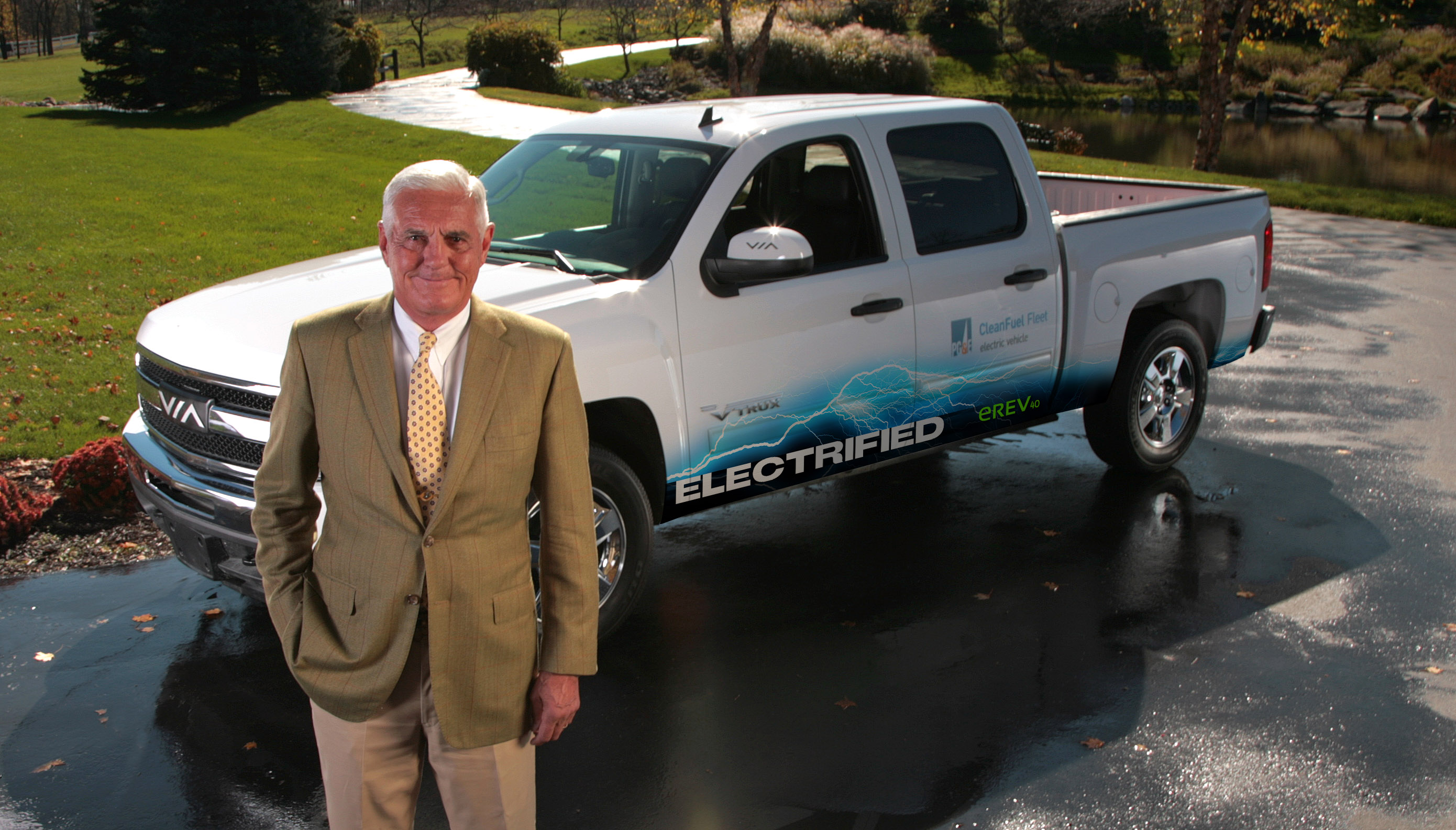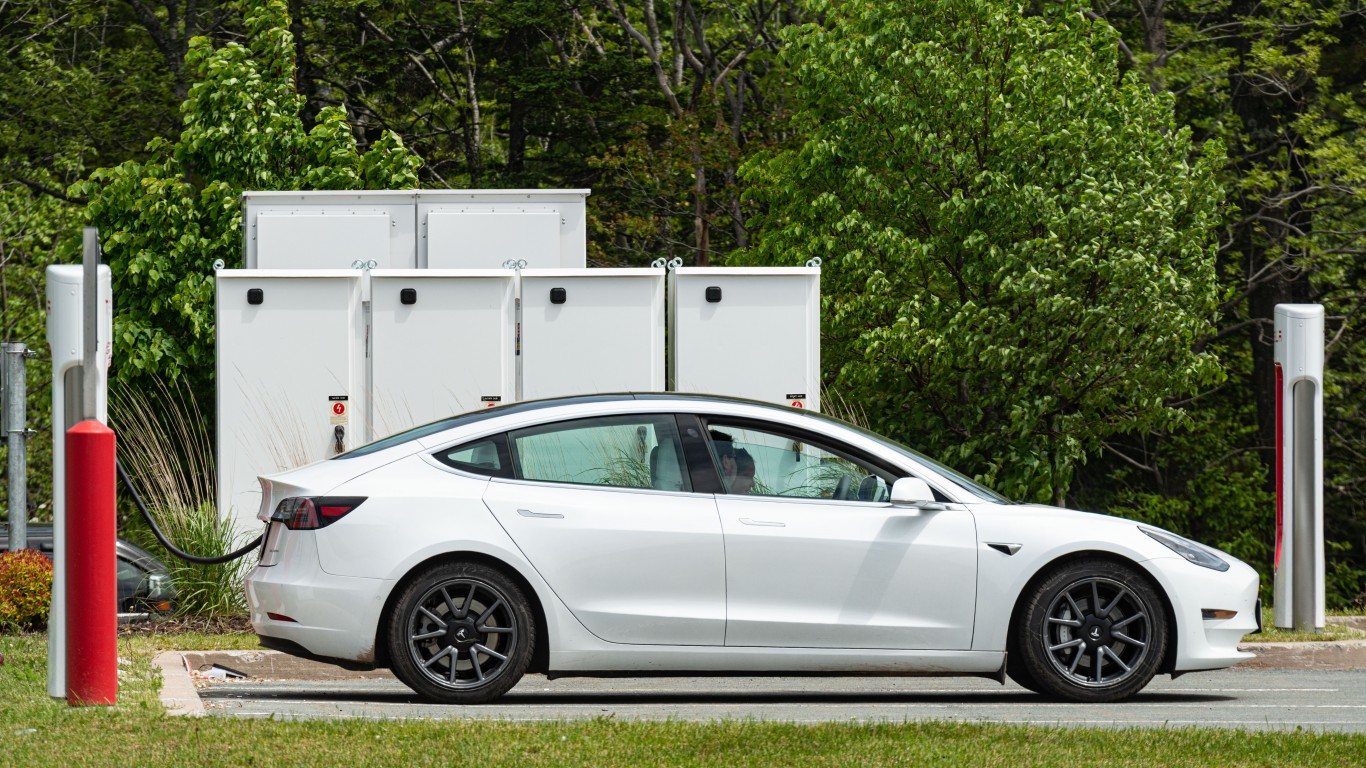Volvo may be one of the world’s smallest car companies, but it has created a big footprint in the self-driving vehicle business, led by cars that park themselves. Its latest venture is a vehicle that runs on magnets placed under the road, a far cry from most systems that require more complex technology.
The magnets put under driving surfaces are a means to guide both the speed and direction of cars. A matching set of magnets are installed in the vehicles. The system can also be used in cars with drivers to alert them that their vehicles are drifting out or their proper lanes.
According to Automobile Magazine:
The system consists of small ferrite magnets placed 7.9 inches below the road surface. Special sensors at the bottom of the Volvo test cars detect the magnets and determine the location of the road edges or lane markings. The company is currently testing this system on a special section of pavement at its test track in Sweden. Volvo says this allows its cars to locate themselves with an accuracy of less than four inches — far better than can typically be achieved with GPS.
What is even less certain than whether the car will work is how an infrastructure to accommodate it could be built. Magnetizing great distances of highway would be expensive, perhaps preventively so. Volvo does not have the financial resources to build the system. It would take a consortium of the world’s largest car manufacturers to do so, or financial participation of nations where most of the world’s cars are sold — certainly China, the United States and much of Europe.
There are reasons that other large worldwide car companies like General Motors Co. (NYSE: GM), Toyota Motor Corp. (NYSE: TM) and Volkswagen would shy away from participation. Each has its own vision of how a self-driving car should be built and operated. So far, none has suggested that its plan involves the use of magnets.
In 20 Years, I Haven’t Seen A Cash Back Card This Good
After two decades of reviewing financial products I haven’t seen anything like this. Credit card companies are at war, handing out free rewards and benefits to win the best customers.
A good cash back card can be worth thousands of dollars a year in free money, not to mention other perks like travel, insurance, and access to fancy lounges.
Our top pick today pays up to 5% cash back, a $200 bonus on top, and $0 annual fee. Click here to apply before they stop offering rewards this generous.
Flywheel Publishing has partnered with CardRatings for our coverage of credit card products. Flywheel Publishing and CardRatings may receive a commission from card issuers.
Thank you for reading! Have some feedback for us?
Contact the 24/7 Wall St. editorial team.




